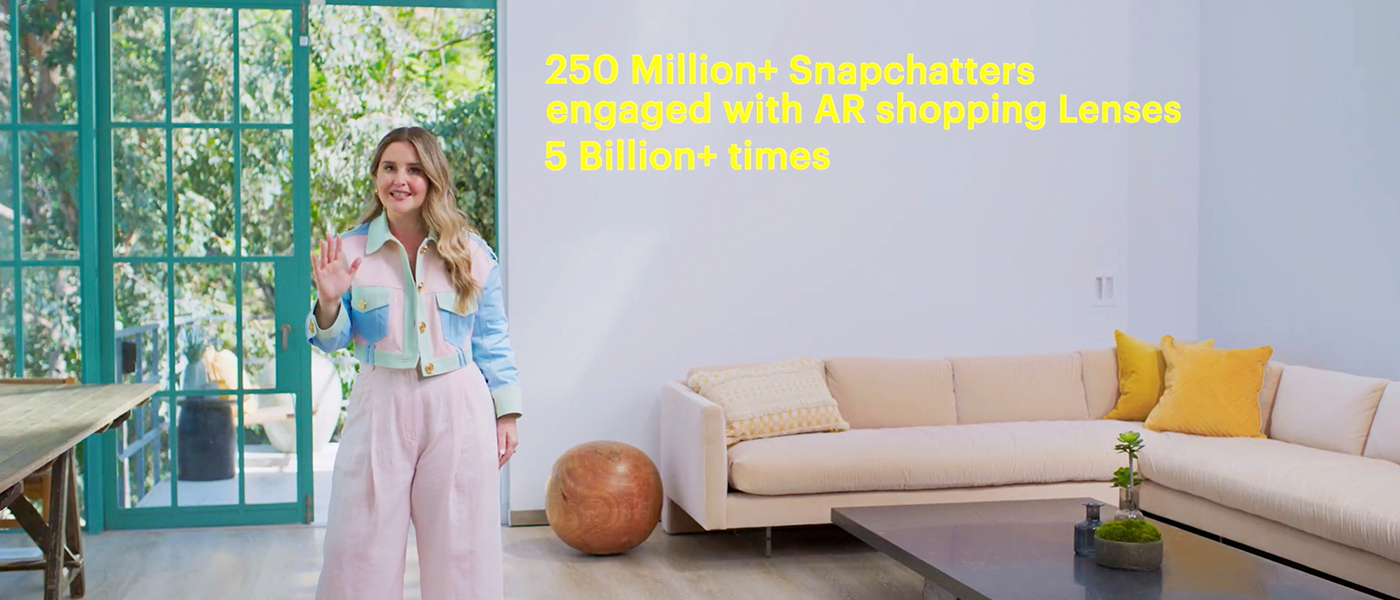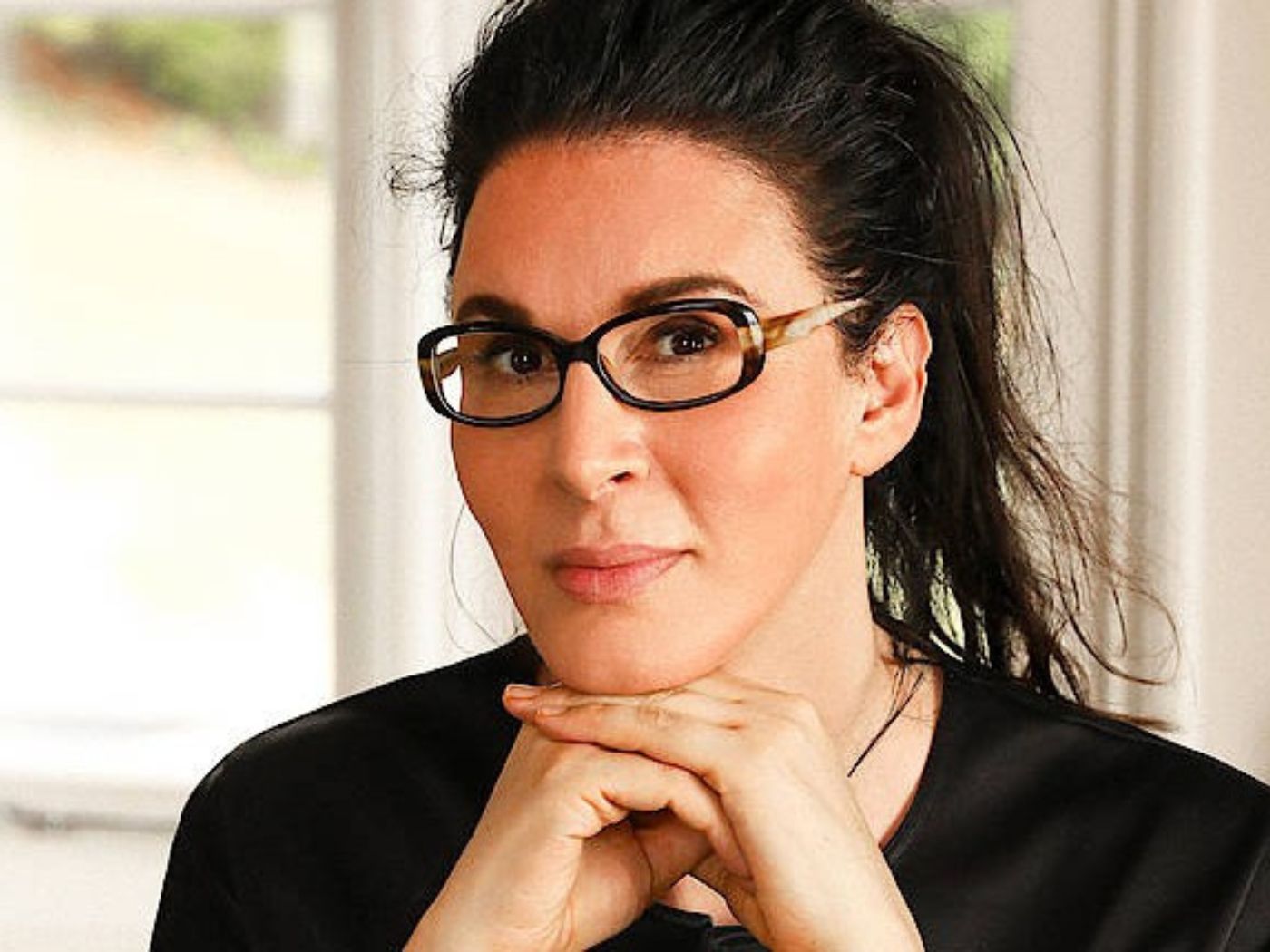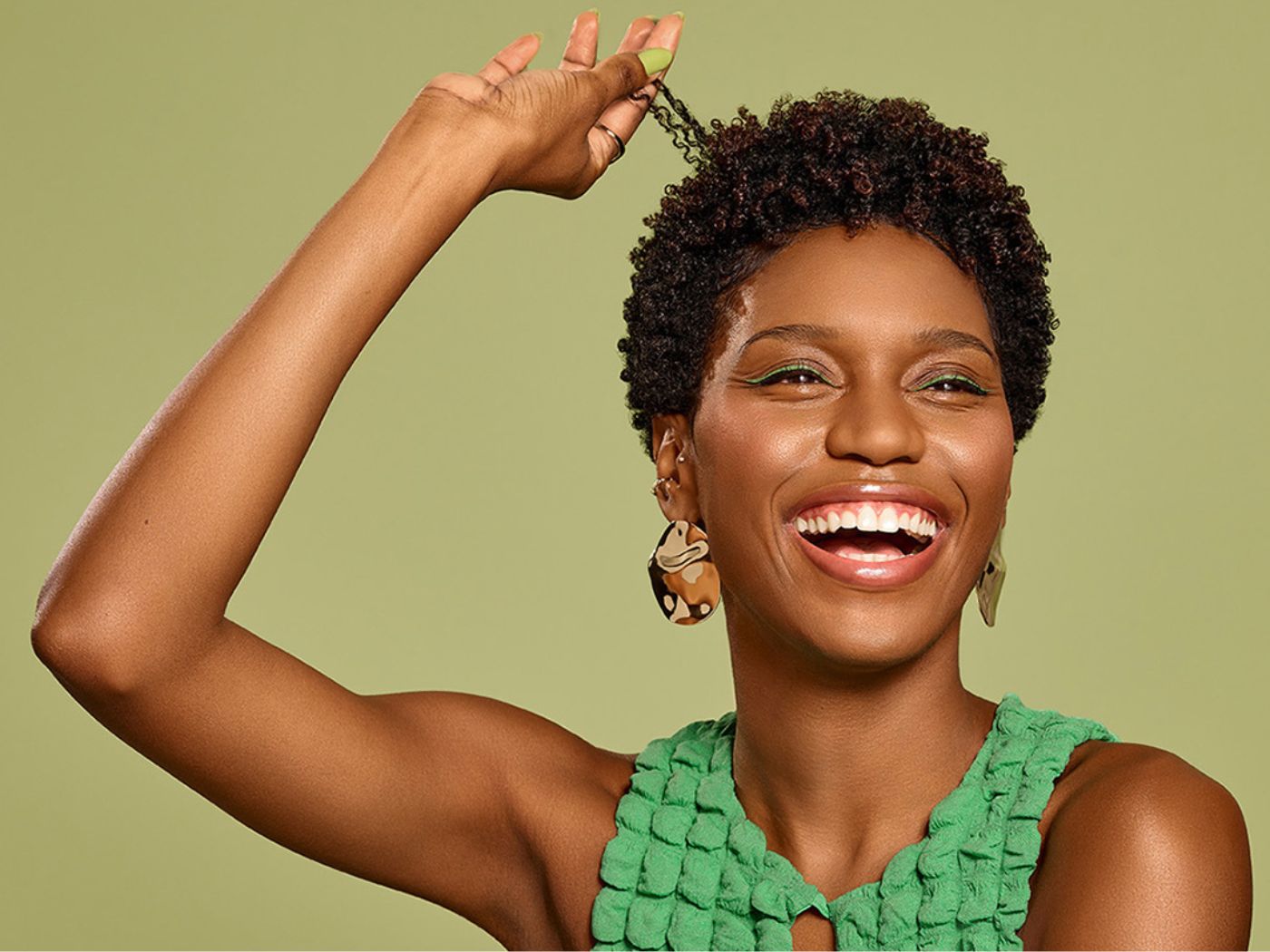Snap unleashed several innovations that look to benefit beauty creators, consumers, beauty brands, and retailers during the 2022 Snap Annual Partners Summit held virtually on April 28.
The splashiest reveal was Pixy, a limited-release drone that Snap CEO and co-founder Evan Spiegel called a pocket-sized, free-flying sidekick. Pixy is programmed to follow pre-set flight plans which add a new dimension to content creation as the drone follows the user from above. Priced at $229.99, Pixy can store up to 100 videos or 1,000 photos.
While Pixy created a buzz, Evan showcased the latest innovations as Snap continues the transformation it initiated in 2016 to be more than just the Snapchat app. Serving up new ways to buy products, especially harnessing augmented reality, took centerstage.
During the virtual presentation, “Back to Reality,” the company revealed its latest user data stating there are more than 600 million monthly active users and over 330 million daily active users, an increase of 20 percent over last year. And these are all signs they are ready to use Snapchat to shop. Snap’s sweet spot age cohort is important to beauty customers; the app reaches 75 percent of 13-to-34-year olds in over 20 countries.
Evan also promoted Snap’s place in the world of making people happy— a salient point as social media sometimes comes under the microscope for self-esteem issues. Studies show that 90 percent of users feel comfortable, satisfied, and connected with Snapchat and that it ranks as the “happiest” platform compared to others, he said during the presentation.
During the 2022 Snap Annual Partners Summit, Evan made it clear that he wants the platform to be a powerhouse in augmented reality and that’s where the benefits to present and sell products come into play, via AR Lenses.
“Snapchat has changed a lot over the years, and our camera has become far more powerful – evolving from a way to communicate visually in a Snap into an augmented reality platform. On average, people interact with augmented reality Lenses on Snapchat six billion times per day, using computing in totally new ways through our camera,” Evan said. Shopping is gaining traction as one of consumers’ main activities.
Since January 2021, more than 250 million Snapchatters have engaged with the company’s AR shopping Lenses more than five billion times. They also rank Snapchat as the number one platform for shopping moments, according to Carolina Arguelles Nava, Head of Business Strategy. “From large retailers to startups, our shopping capabilities can transform businesses of all sizes.
She added that AR-guided purchases curtail returns by 25 percent and “interacting with products in AR have a 94 percent conversion rate.”
To keep the momentum going, the company will roll out new features to facilitate shopping—especially virtual try-on. “On Snapchat, the shopping experience is personal, accessible, and fun with friends,” Carolina said, noting that beauty is one of the categories that can be explored through AR. “We continue to invest in platform capabilities to support new product categories and make them incredibly realistic.”
Among the new technologies is a way to make it easier for businesses to build shopping experiences via a 3D Asset Manager. Brands can request, manage, and optimize 3D models for any product in their catalog. From there, a web interface makes it easy for brands to select their product SKUs and create shopping Lenses using their own 3D assets. It only takes seconds and there is no cost, she added.
Snap is also re-imaging the Snapchatter Try On experience, allowing users to virtually try on clothes (without taking their clothes off), accessories or beauty. After taking full-body photos, the computer technology applies the product image onto the photo. “We’re going from this looks good, to this looks good on me,” Carolina said.
A new opportunity for Snap’s commerce partners brings the best of Snap’s camera for AR try-on to their own sites with a Camera Kit for AR Shopping. “Retailers and brands can now transform the shopping experience for their audience by integrating our SDK [software development kit] distributing AR try-on experiences everywhere their customers are,” Carolina said. Shopping Lenses are integrated seamlessly into product detail pages.
Snap also showed off its new in-app feature called Dress Up, which allows users to browse AR shopping filters to virtually try on products through the AR lenses and take a picture that they can share. The tool, found in the app’s Lens Explorer, streamlines the process of discovering various brands and retailers that offer AR shopping experiences, the company said. Users can return to outfits or other products they “liked” by navigating to a new shopping section in their Profile. Creator content and tips from brands are all part of the platform. Dress Up is an extension of the existing AR shopping capabilities which have features products from Ulta Beauty in the past.




